Dirt science and getting grubby!
21/11/2018
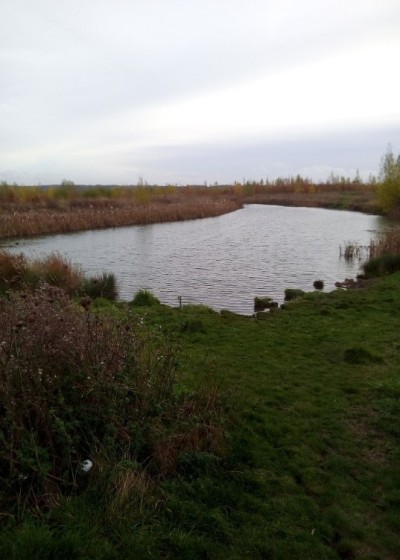
My first few weeks in Cranfield have been a bit overwhelming, with a complete difference in learning style (more independent learning), handing in assignments, learning how to paraphrase and reference properly to avoid plagiarism, and learning a new software from scratch but I am happy that I have made new friends during this time and they have made the transition and learning process easier.
Dr Jacqueline Hannam came in this week, all smiles, I knew I was in for a treat and I wasn’t wrong. I learnt about the physical, chemical and biological components of soil and their interactions. From identifying the different soil textures (sand, clay or loam) by moistening the soil sample and feeling it with your fingers, to identifying the different structures of soil and their effects on soil biology, compact or friable with aggregates respectively as seen below:

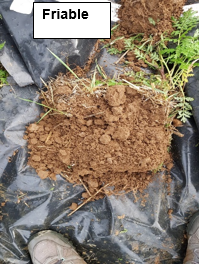
The major organisms which can be seen in the soil are earthworms also known as soil engineers (picture below) and they help to alleviate compaction, aerate and increase porosity in soil due to their burrowing activities.
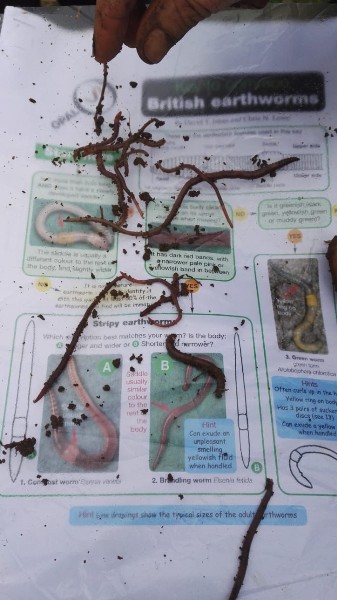
The different horizons of the soil (A (sandy loam),B (loamy sand),C (sand)) are also shown below, colour change which also indicates organic matter levels is evident in the different horizons at the Parrish farm.

Learning about soil as a carbon store (three times more than the atmosphere) and the Nitrogen cycle, different forms of Nitrogen available for plant use and their effects on the soil and plant growth, the effect of PH on phosphorus mobility, biosolid (BS) and their benefits and the numerous methods of analysing these chemical properties was great. Dr Ruben Sakrabani says there will be in-depth explanations in the next module (can’t wait!). Lots of case studies too to aid understanding. Finally another visit to the Rectory Wood site (pictures below) by the Land Reclamation and Restoration MSc students as “consultants” to obtain data for decision making that will help us reach the restoration target for the woodland.
Soil is a living system that renders a lot of services (provisioning, regulating, cultural and supporting) to us hence the need to utilise it sustainably since it takes a very long time to renew (1cm in 1000 years)! I had great fun learning this week (lots of team work and field trips) and I look forward to my next module. In all, it was a fun and enjoyable week with the integration of class room learning and relevant field and industry experience which I am discovering is unique to modules here at Cranfield.
I’ve had the best learning experience here with a beautiful and serene environment, excellent IT training sessions for different skills, career prospects awareness and lots of PC labs too (Building 90 is my favourite). I hope to enjoy my year in Cranfield to the maximum while acquiring relevant skills along the way.
Thank you Cranfield!
Categories & Tags:
Leave a comment on this post:
You might also like…
My Apprenticeship Journey – Broadening Horizons
Laura, Senior Systems Engineer at a leading aircraft manufacturing company, joined Cranfield on the Systems Engineering Master’s Apprenticeship after initially considering taking a year off from her role to complete an MSc. Apprenticeship over MSc? ...
The Library app is back!
The Library app is back! It's exactly the same as before (although it will get a fresh look in a few months) and if you hadn't removed it from an existing device it should just ...
PhD researcher at the IF Oxford Science and Ideas Festival
IF Oxford is a science and ideas Festival packed with inspiring, entertaining and immersive events for people all ages. PhD researcher, Zahra attended the festival. Here she shares what motivated her to get involved. ...
What leadership skills are required to meet the demands of digitalisation?
Digital ecosystems are shifting the dynamics of the world as we know it. With digitalisation being a norm in the software industry, there is currently a rapid rise in its translation ...
My PhD experience within the Centre for Air Transport at Cranfield University
Mengyuan began her PhD in the Centre for Air Transport in October 2022. She recently shared what she is working on and how she has found studying at Cranfield University so ...
In the tyre tracks of the Edwardian geologists
In April 1905 a group of amateur geologists loaded their cumbersome bicycles on to a north-bound train at a London rail station and set off for Bedfordshire on a field excursion. In March 2024 a ...


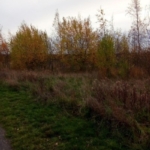





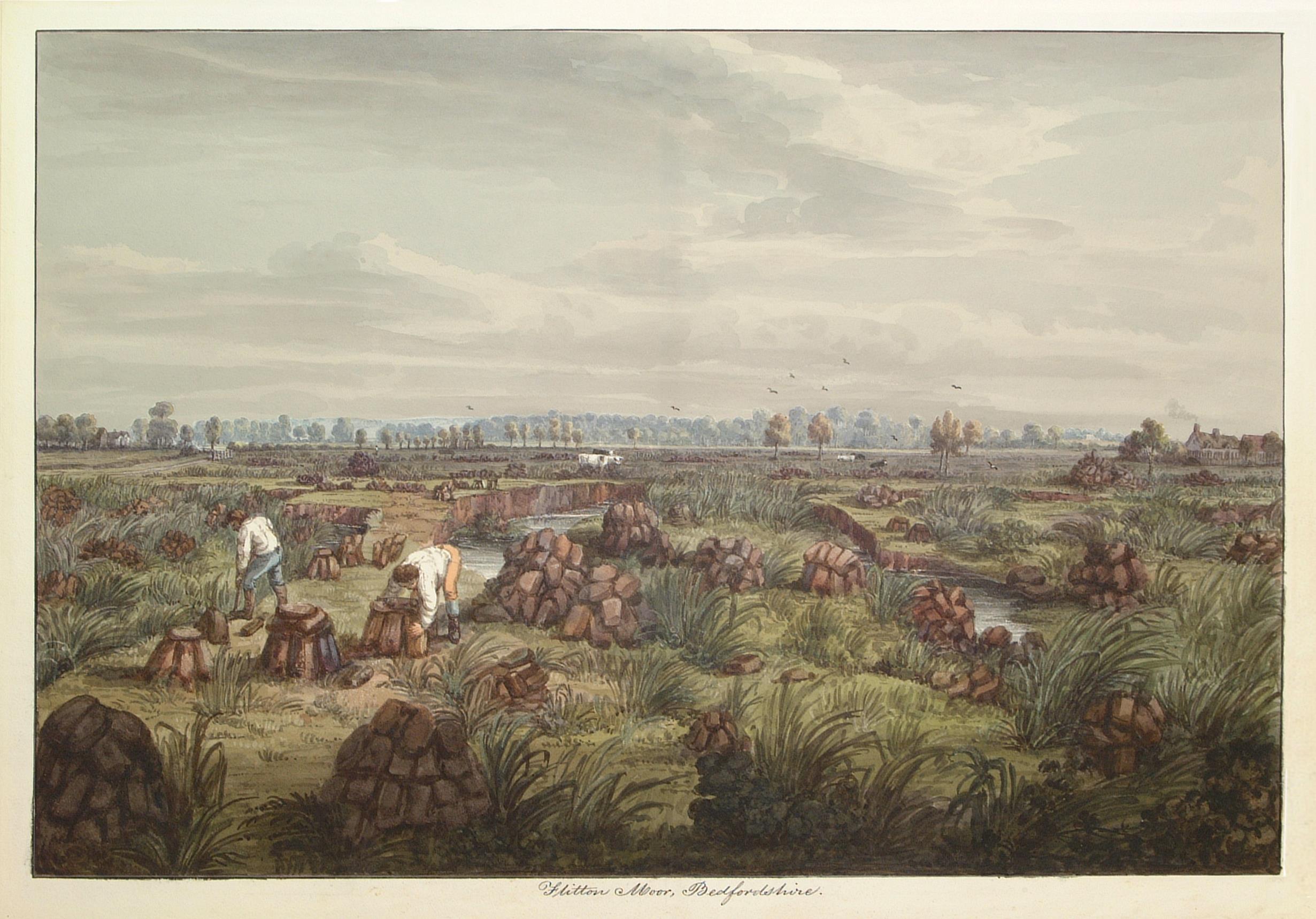
This is a good article, keep up the good work Blessing.
Thank you
Honestly, you just made this part of science alive to me! Good work!
Thanks